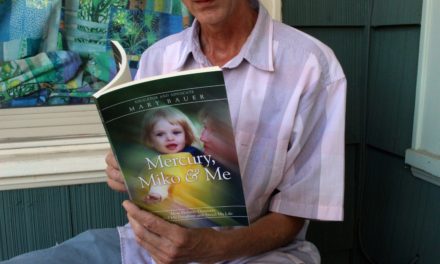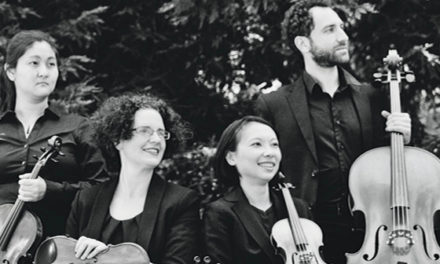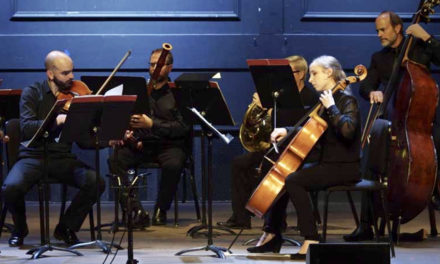By Daniel Buckwalter
(#commonmanatthesymphony)
It was a relaxing evening at Hult Center’s Silva Concert Hall on Jan. 23, where I traveled in my mind’s eye to places I will never see firsthand and touched on places I wish to be. Romanticism from three centuries soared from lush pastel beauty to the galaxies.
The Eugene Symphony Orchestra laid out the richness of the inspiring artistic evolution in the 19th century Symphony No. 2 in D major by Johannes Brahms, Jean Sibelius’ Violin Concerto in D minor from early in the 20th century and the Sinfonia (for Orbiting Spears) by Missy Mazzoli, published in 2013.
Under the direction of Francesco Lecce-Chong, the Eugene Symphony first touched the stars with Mazzoli’s piece, premiered by the Los Angeles Philharmonic. The 39-year-old Mazzoli is the Mead Composer-in-Residence with the Chicago Symphony Orchestra and has won critical acclaim for her chamber, orchestral and operatic work.
I can understand why with Sinfonia (for Orbiting Spheres). It has been described as music in the shape of a solar system, a collection of rococo loops that twist around each other within a larger orbit.
I saw it as scratchy and rough, almost violent. It was precisely the way I — a space nerd since childhood — imagine the galaxy to be.
It’s not science fiction, either. Some spacecraft have instruments capable of capturing radio emissions, and when scientists convert these to sound waves, the results are like-minded to Mazzoli’s piece. You can learn more about the sounds of space through NASA, with visual assistance from the Hubble Telescope and other spacecraft, at nasa.gov.
From there, the orchestra returned to Earth with the three-movement Violin Concerto in D minor by Sibelius with guest violinist Elina Vähälä, who was born in the United States and raised in Finland, and who teaches in Vienna and travels throughout the world. Among her other credits was a performance at the 2008 Nobel Peace Prize Concert in 2008.
There is some harshness to that piece (completed in 1903-04), but I saw abundant, soft, rolling hillsides, too. The tall, statuesque Vähälä carried the piece gracefully with an exquisite and athletic performance. She was commanding.
After intermission came Brahms’ Symphony No. 2, completed in 1877. It was last performed by the Eugene Symphony in 2010, conducted by Marin Alsop, maestra of the Eugene Symphony from 1989 to 1996.
I was especially taken with this piece by the soaring threads of intricate strings and French horns, countered by declarative and thundering bass. Think of glass that is smooth on one side with jagged edges on the other side. It was life.
Vähälä received a standing ovation from the capacity audience. So, too, the Eugene Symphony.
And I found myself again wishing I could travel in outer space.
Next up: The Eugene Symphony returns to the Hult Center on Thursday, Feb. 13 at 7:30 p.m. with Jeffrey Kahane, conductor and pianist, playing Ludwig van Beethoven’s Piano Concerto No. 4. The program also includes Robert Schumann’s Symphony No. 4 and Gioachino Rossini’s Overture to Semiramide. (Details and/or tickets at eugenesymphony.org or hultcenter.org)












